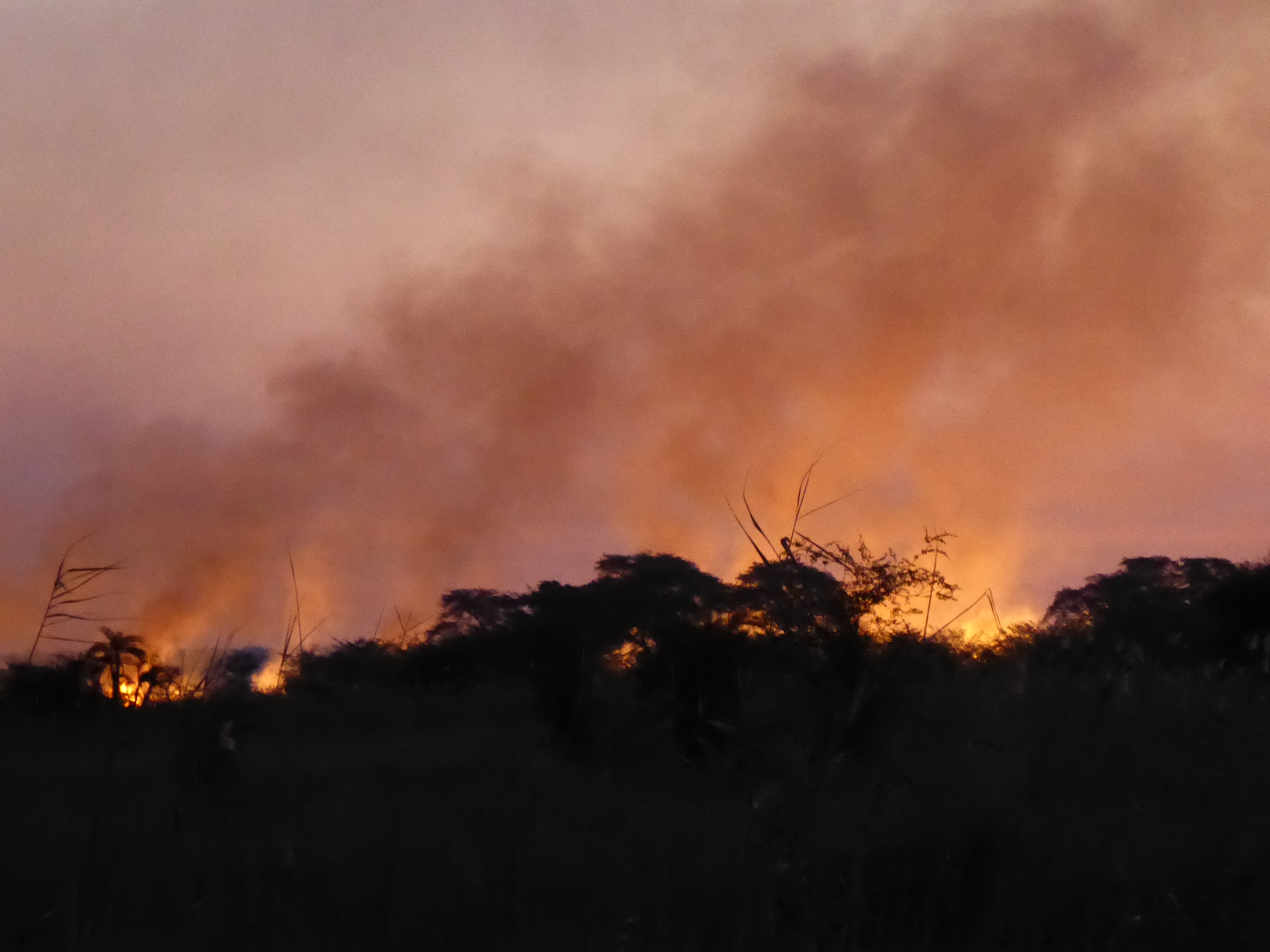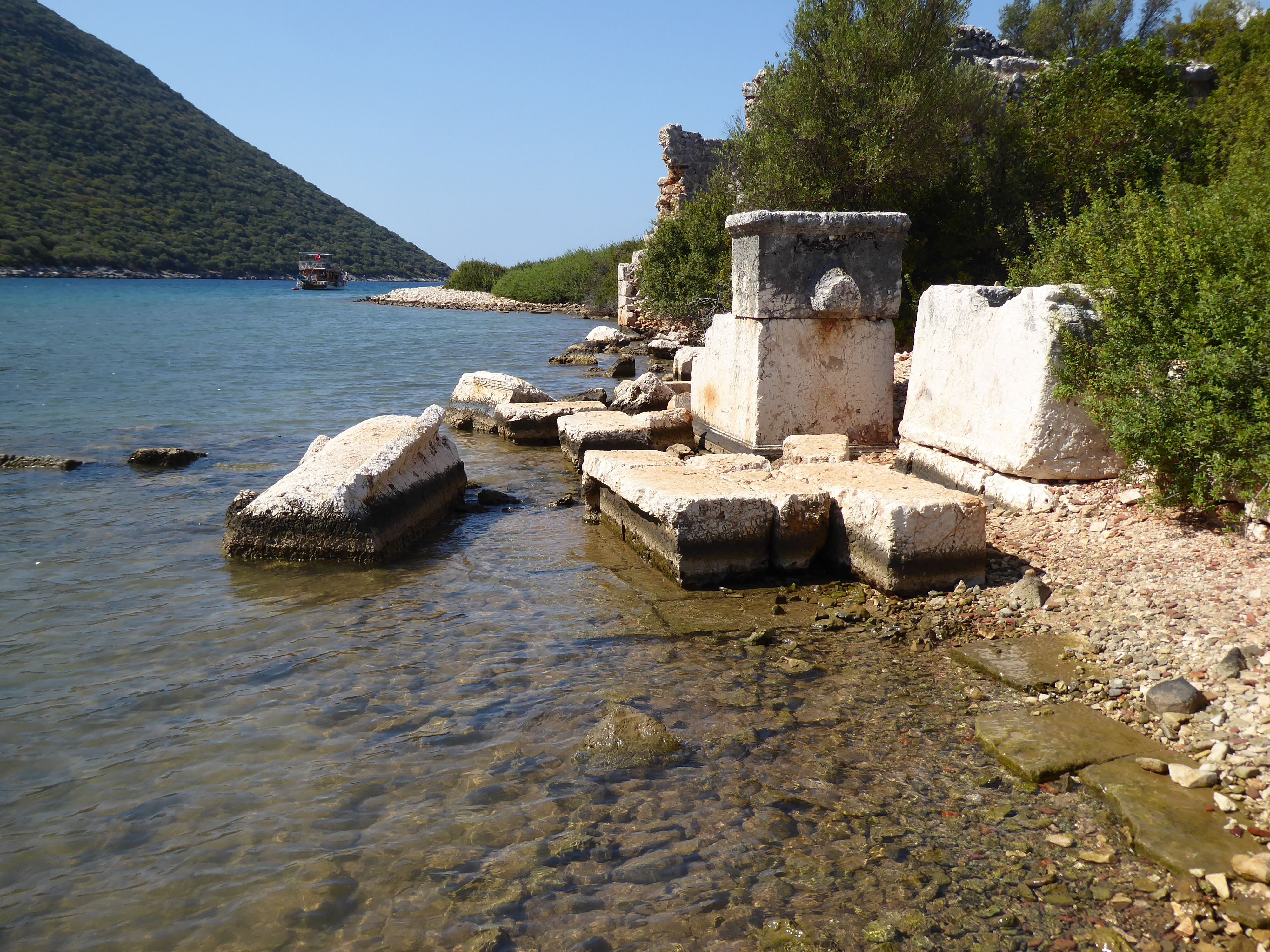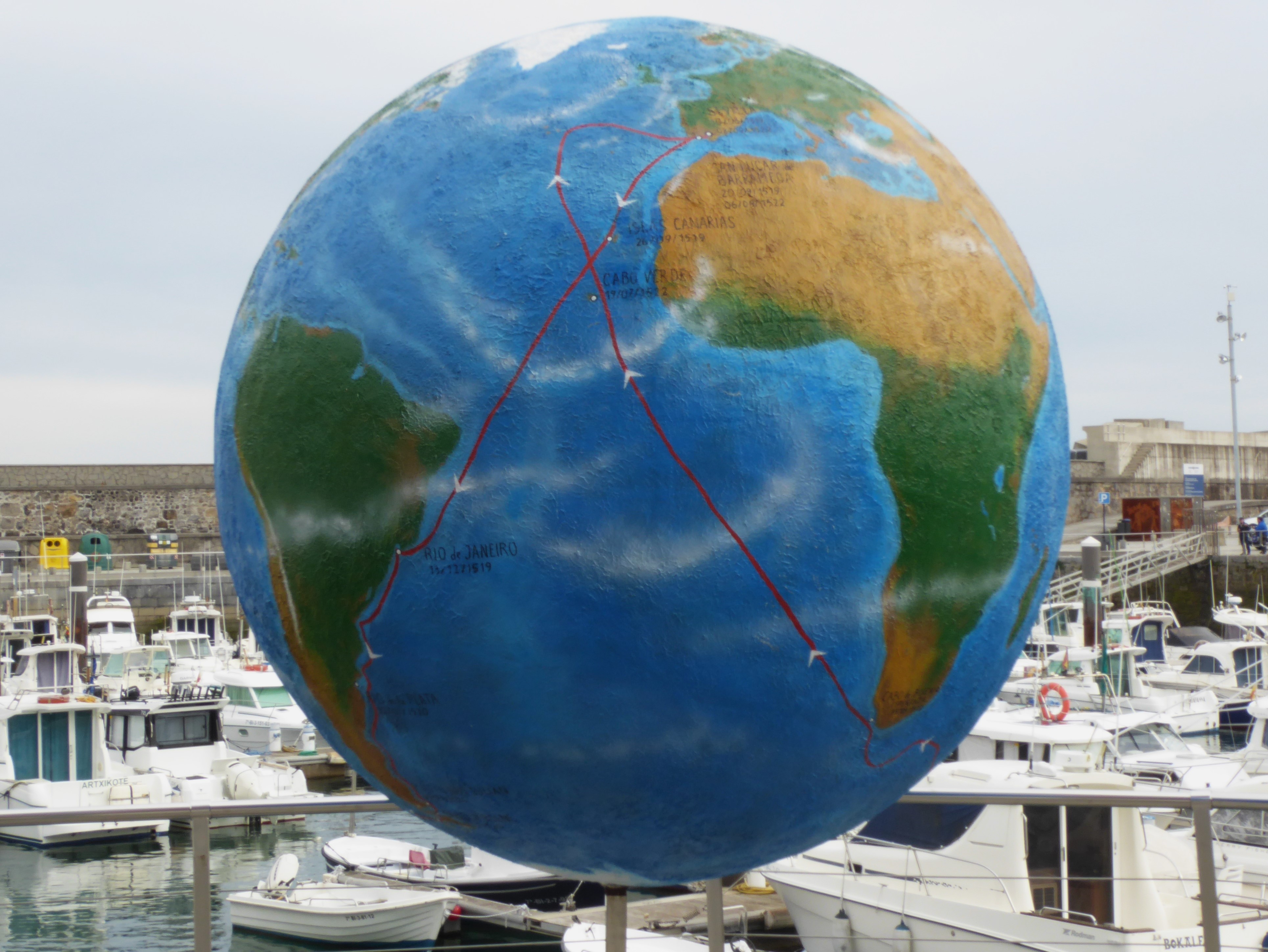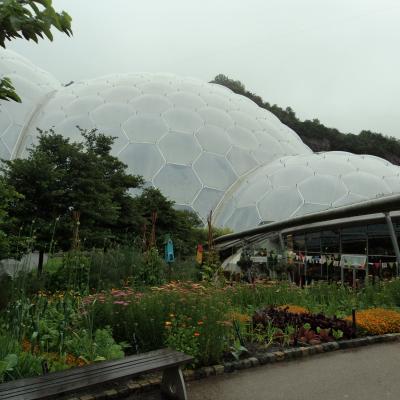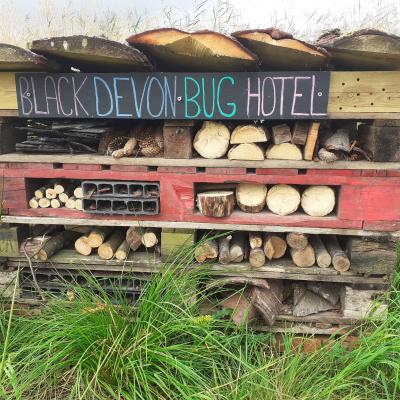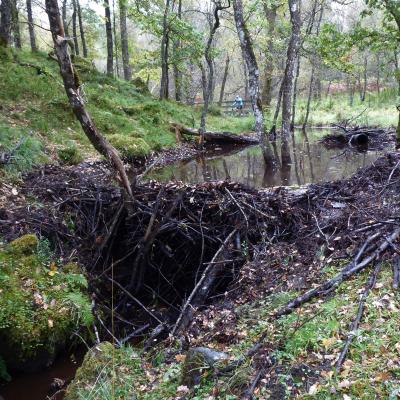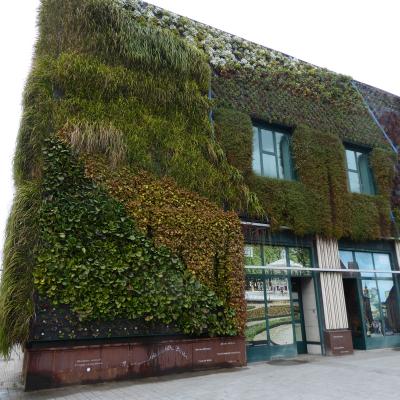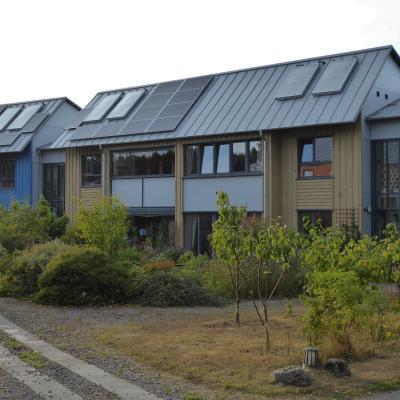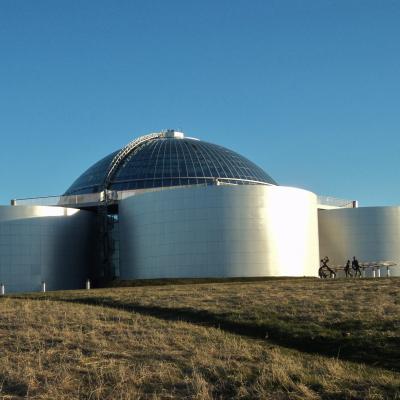Six months on from the COP26 climate conference in Glasgow I feel like I am living in a parallel universe. In one, there are bold ambitions from politicians and business leaders announcing 'groundbreaking' net zero targets. Meanwhile in the real world our climate ignores these future 'promises' and follows the science.
I usually write about 'climate optimism', but there are times we need to be realistic—tell the truth, "listen to the science". It’s only when we know the problem that we can work out the solution.
CO2 emissions have 'bounced back' after Covid. CO2 in the atmosphere has continued to increase, as has methane and nitrous oxide. The global annual temperature continues its haphazard, drunken ascent towards 1.5oC, and beyond.
Until recently, many of us in developed countries thought that climate change will happen, but not in our lifetime and that it will not directly affect us—other than perhaps to reduce our heating bills in the winter. Sea level rise is a problem for future generations. However, those who live off the land noticed climate change a long time ago and it is has started to affect more and more people.
In my book, Carbon Choices, written less than two years ago, I describe all the impacts from a changing climate. I start with sea level rise as I thought that was the biggest long-term threat, now I am not so sure. Ocean acidification, more intense storms, forest fires, the spread of pests and diseases and the loss of coral reefs—the list is endless.
Sea level rise is nothing but disastrous. But we could adapt to it by relocating inland, growing salt tolerant crops or living a floating existence. Painful, but not impossible. However, we can't run or hide from many of the other impacts.
If anything, things are already worse than expected and they are interconnected. Warmer temperatures increase evaporation, which dries out trees, vegetation and soils. It can also leave soils more salty and less fertile. Fires can then be sparked by lightning, or human activity, and can quickly spiral out of control. Whilst fires are part of the natural cycle in many arid locations, these fires are now burning hotter and spread faster. They cause damage to the environment, damage to property, kill humans and wildlife, cause air pollution and release carbon dioxide to the atmosphere.
More extreme fires burn hotter and deeper into the soil killing off many seeds. They leave bare soil which is susceptible to soil erosion and polluting rivers and fish. From a human perspective there are direct dangers to life and property. There is an insidious trend to more expensive property insurance or withdrawal of insurance cover all together—which means the next generation cannot get a mortgage to buy property. The Australian bush fires of 2019/2020 emitted more carbon dioxide than Australia normally emits in a year. Double the emissions! But this is not just an issue in forests. Peatland fires are now more common in places as far apart as Indonesia and Arctic Greenland.
The spread of pests and diseases is also accelerated by increased temperatures. The mountain pine beetle used to be kept in check by extreme winter cold. Now it is spreading in North America and devastating forests—but made worse by the trees being under stress from drought. Meanwhile malaria and dengue fever, once restricted to tropical areas, are spreading outwards from the Equator into human populations with no natural immunity. Many insects will thrive in a warmer and wetter world, and will expand their ranges impacting humans and agricultural crops.
Coral reefs are some of the most biodiverse and wildlife rich habitats in our oceans. Yet, they are under attack by humans in two devastating ways. Firstly, they are very sensitive to water temperatures, thriving in waters between 23o to 29o. They can tolerate warmer temperatures for brief periods but the algae in them die if heat stressed for too long causing the coral to 'bleach' and die. If that is not enough, our oceans are absorbing some of the excess carbon dioxide in the atmosphere making them acidic. This makes it harder for sea life to make shells and corals from calcium. These become thinner and more brittle. Coral is of course, beautiful, a habitat for fish nurseries and acts as a barrier around vulnerable islands reducing the effects of wave erosion. Loss of coral may make many Pacific islands uninhabitable long before sea level rise takes its toll.
My plea from this blog is not to despair. Go out and campaign for a better future for us all. Work on the solutions, meet new like-minded people and make a positive case for change.
Carbon Choices
If you want to subscribe to my occasional newsletter, please email me at This email address is being protected from spambots. You need JavaScript enabled to view it. - I will send you each new blog as I publish them.
If you have enjoyed this blog, you might enjoy my book, Carbon Choices on the common sense solutions to our climate and nature crises. Available direct from me or http://www.carbonchoices.uk/index.php/buy. I am donating one third of profits to rewilding projects.
